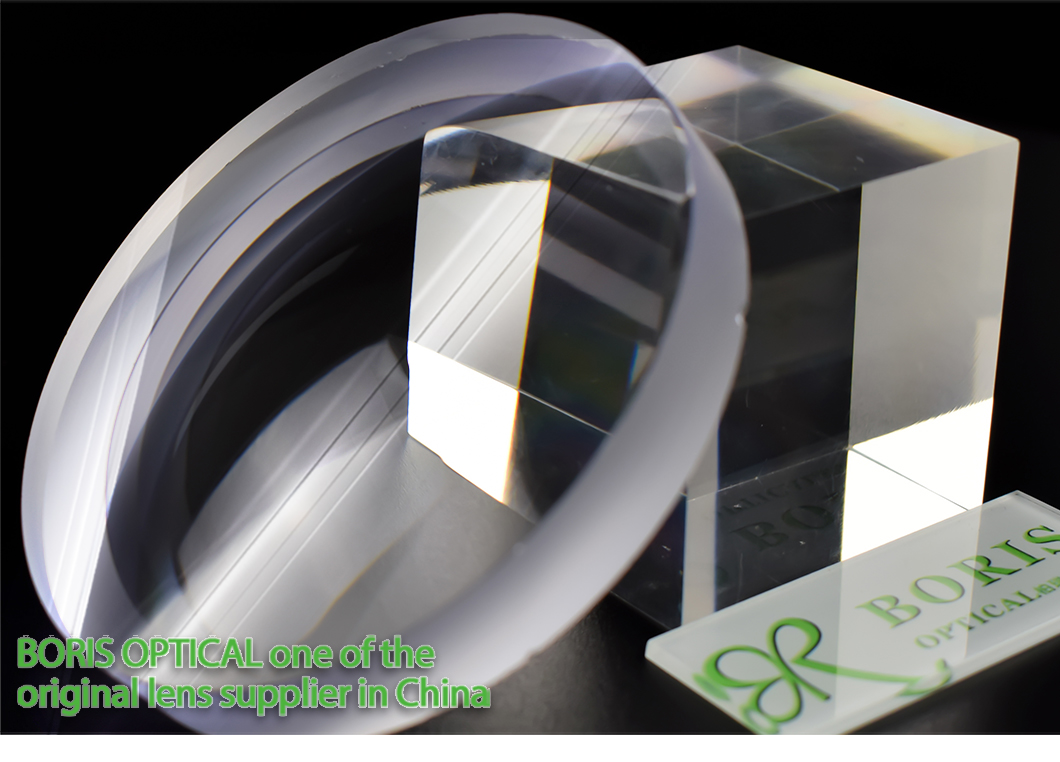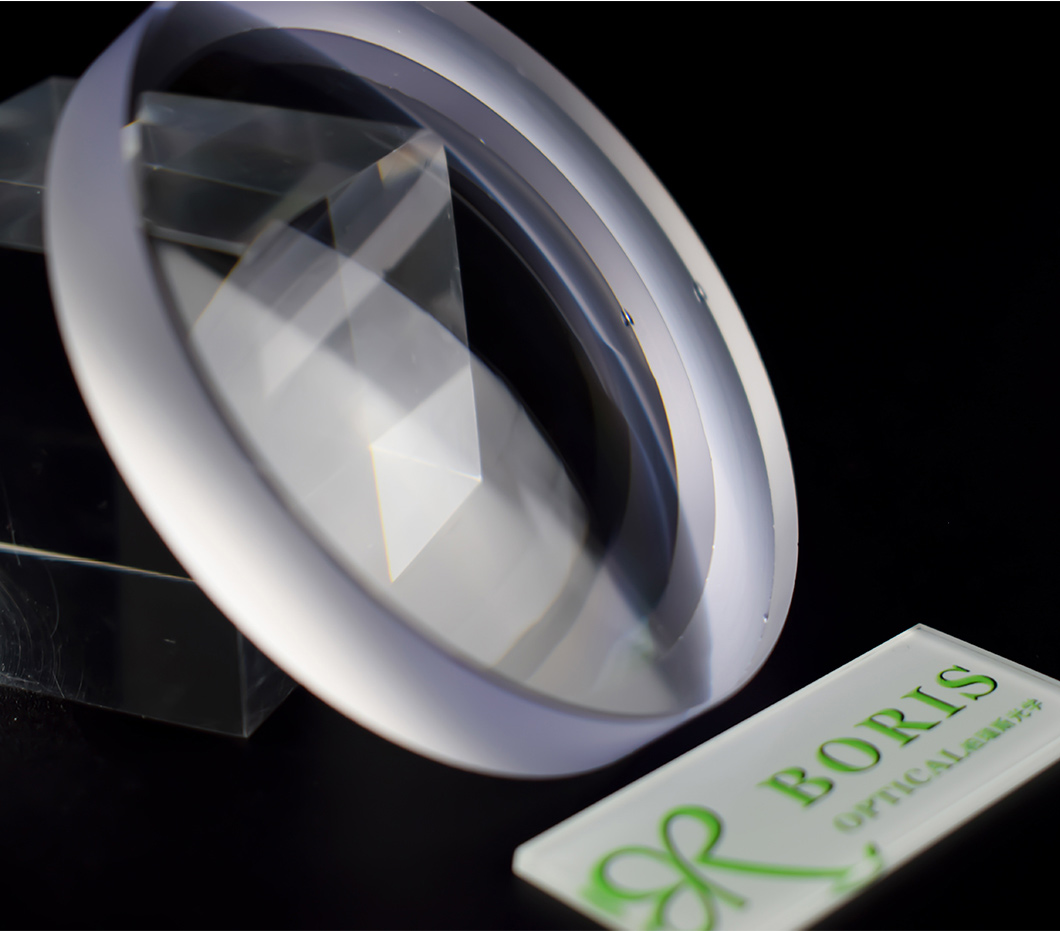1.56 Semi Finished Single Vision Optical Lenses

Production Details
|
Place of Origin: |
Jiangsu |
Brand Name: |
BORIS |
|
Model Number: |
White Lens |
Lenses Material: |
NK-55 |
|
Vision Effect: |
Single vision |
Coating Film: |
HC/HMC/SHMC |
|
Lenses Color: |
White |
Coating Color: |
Green/Blue |
|
Index: |
1.56 |
Specific Gravity: |
1.28 |
|
Certification: |
CE/ISO9001 |
Abbe Value: |
35 |
|
Diameter: |
70/75mm |
Design: |
Asperical |

The lens material
1. Plastic lenses. Plastic lenses are mainly divided into three kinds: resin lenses, PC lenses, acrylic lenses. It has the advantages of lightweight and unbreakable. Compared with glass lenses, it has better anti-ultraviolet performance. But the wear-resistant performance of plastic lens is poor, afraid of impact, when recuperating, more need to pay attention to.
2. Glass lens. The optical performance of glass lens is stable, not easy to deform, but it is fragile, safety performance is insufficient, in this case, the safety performance of the developed reinforced glass lens will be much higher.
3.Polarizing lenses. Polarized lens is mainly a lens made by using the polarization principle of light. It can make the vision more clear and cut off the glare outside the lens. It is a lens widely used in the market today.
4. Color-changing lenses. Color-changing lenses are lenses that produce different colors depending on how light is changed. It allows the eyes to adapt to different light environments, and the sunglasses with color-changing lenses are also known as the most convenient sunglasses for myopia.
Production Introduction

The refractive index refers to the refractive index of the lens, and the higher the refractive index, the thinner the lens. The refractive index is generally 1.49, 1.56, 1.61, 1.67, 1.74.
The appropriate refractive index should be judged comprehensively according to the degree, pupil distance and frame size. In general, the higher the degree, the higher the refractive index of the lens, will make the lens appear thinner. Similarly, if the pupil distance is small and the frame is large, you will need to choose a high refractive index lens to make the lens thinner. On the other hand, if the frame is small and the pupil distance is large, there is no need to pursue a high-index lens.
Product Process











